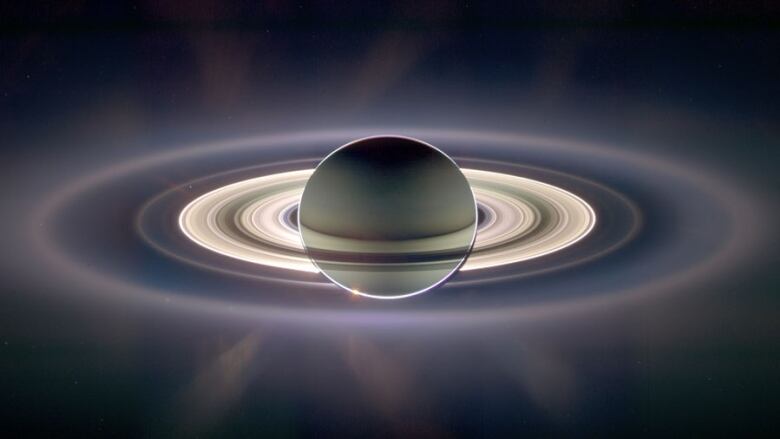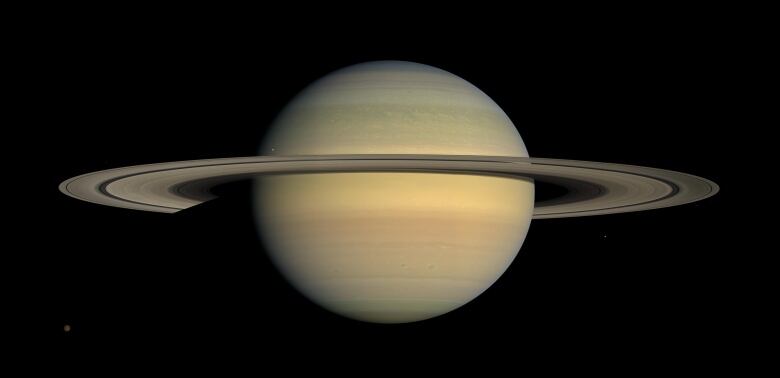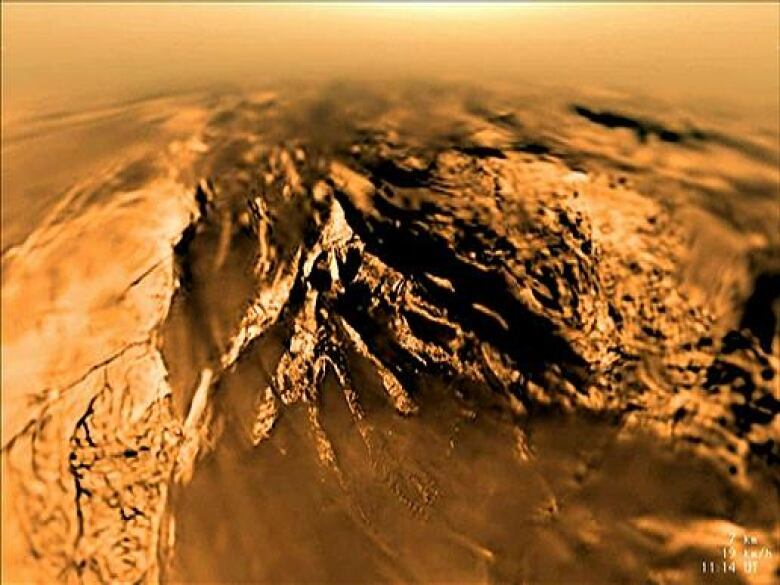Cassini's grand finale: a death dive into Saturn
The Cassini mission proves that robotic spacecraft are the true explorers of our solar system

After 12 years orbiting the planet Saturn, the Cassinispacecraft is beginning a final series of daring manoeuvres that will carry it through the rings and end with a suicide plunge into the planet itself. It will be the culmination of one of the most successful planetary missions of all time.
Saturn is a favourite subject for backyard astronomers, where even a medium-sized telescope can pick out the gleaming ringsfloating freely around the brownish ball of the planet.
Several spacecraft have flown past Saturn, revealing the rings as trillions of ice particles and snowballs, most the size of your fist or your head some as big as houses that are orbiting together around the planet's equator in the largest and flattest single structure in the solar system.To travel from the outside edge of the rings across the planet to the other outside edge is 282,000 kilometres. That's three-quarters the distance between the Earth and the Moon. Yet this immense flying snowstorm is only about onekilometre thick.

Cassini and its predecessor, Voyager, have seen how the rings are actually thousands of narrow ringlets, each inside the other, like the grooves on a vinyl record. There are also gaps caused by tiny moons embedded within the ring particles that act as shepherds, using their gravitational pull to herd the snowballs into orderly lines. In fact, the spacecraft itself is named after Italian astronomer Jean-DomeniqueCassini who, in 1675, was the first to see the largest gap in the rings, now called the Cassini Division.
In addition to the rings and the gas giant planet, Cassini examined the many moons in the Saturn system, (around 60 in total), finding ice geysers and an underground ocean on Enceladus, as well as liquid methane lakes on Titan, a moon larger than the planet Mercury and the only moon with an atmosphere denser than that on Earth.

Hitchhiking a ride on the Cassini mission was a European probe named Huygens, which penetrated all the way through Titan's atmosphere and made the first successful landing on a moon of another planet.
But now the mission is drawing to a close as the spacecraft runs out of manoeuvring fuel, so in a grandfinale, the scientists are getting more daring, with a series of moves that were considered too dangerous before. First will be 20 close passes by the outer edges of the rings, which should show them in more detail than ever before, including close-ups of several shepherd moons.
The risk of flying close to the rings is there could be particles in regions that look like empty gaps that could damage the spacecraft as it passes through at high speed. However, it is also an opportunity for instruments on Cassini to directly sample the ring material, which has never been done.
Then, next April, there will be an even riskierflight through the gap between the rings and the planet, where Cassiniwill passwithin 1,628 kilometresof the Saturn's swirling cloud tops, closer than any spacecraft has flown before.
Finally, next September, Cassini will make its final death plunge into Saturn's atmosphere, recording data as long as possible before it disintegrates in a blaze of glory like a meteor. This move is to make sure the spacecraft doesn't drift around the Saturn system and possibly crash into and potentially contaminate Titan or Enceladus, both biologically interesting worlds, with any hardy microbe stowaway.
The pictures from these close flybys should be spectacular. It would be quite a view riding along with Cassini as it approaches the broad expanse of the rings from above, watching them disappear for an instant as you see them edge on, then get a completely different view from the undersides with the sun shining through the icy particles making all kinds of rainbow effects. All this with mighty Saturn, 764 times the volume of Earth, with hurricane-force winds ripping through swirling clouds, hanging majestically off your shoulder.

The Cassini mission has shown once again how robotic spacecraft are the true explorers of our solar system. These intrepid, spindly contraptions can survive for decades in the harsh environment of space, and venture into hazardous regions where humans cannot possibly go. They are doing an early reconnaissance of the other worlds in the sun's family, mapping the way for future astronauts. And they do it at one-tenth to one-hundredth the cost of sending people.
Robotic missions are true adventurers; going somewhere we've never been just to see what's out there. That alone is worth the trouble.












_(720p).jpg)


 OFFICIAL HD MUSIC VIDEO.jpg)
.jpg)



























































































